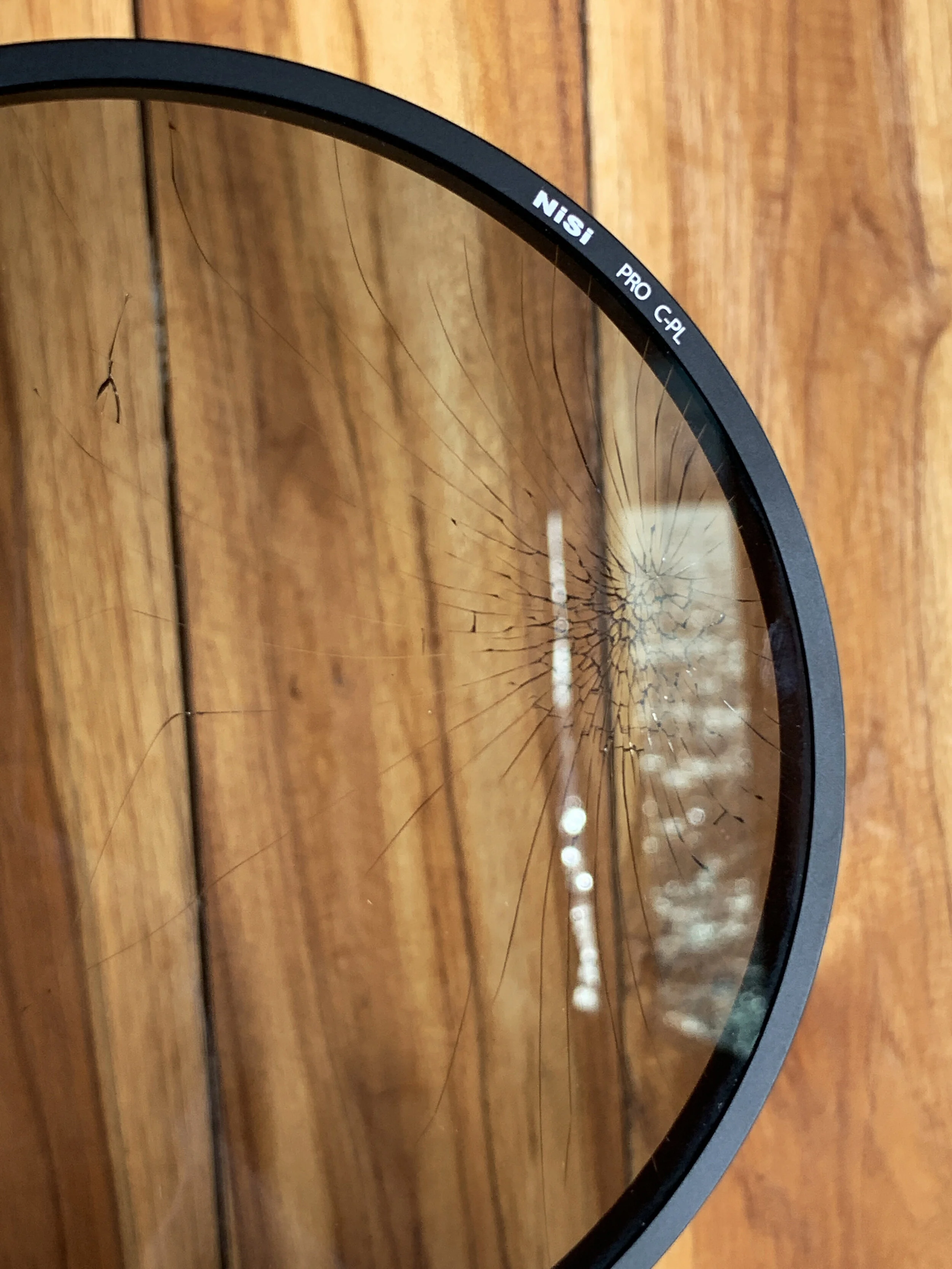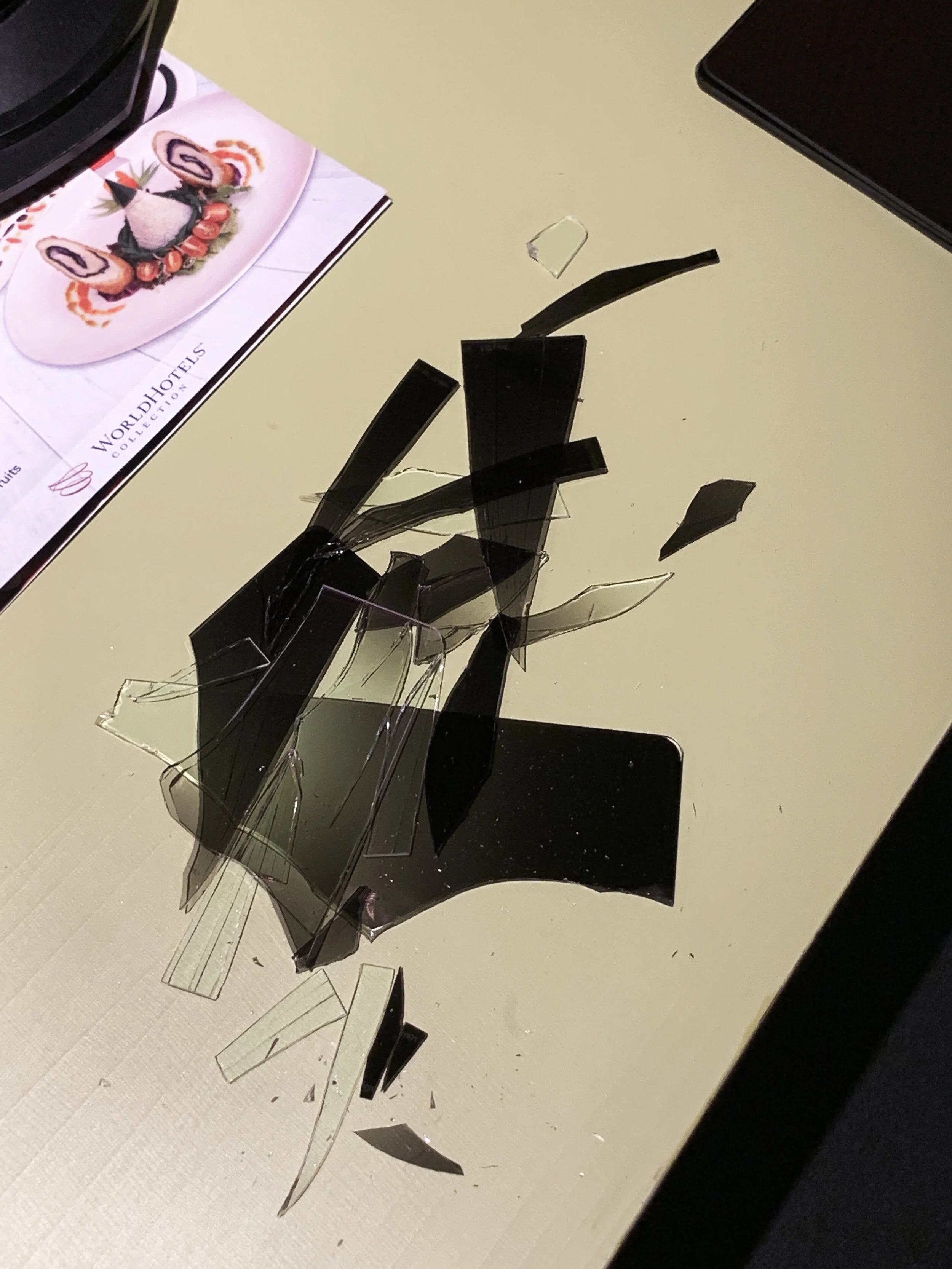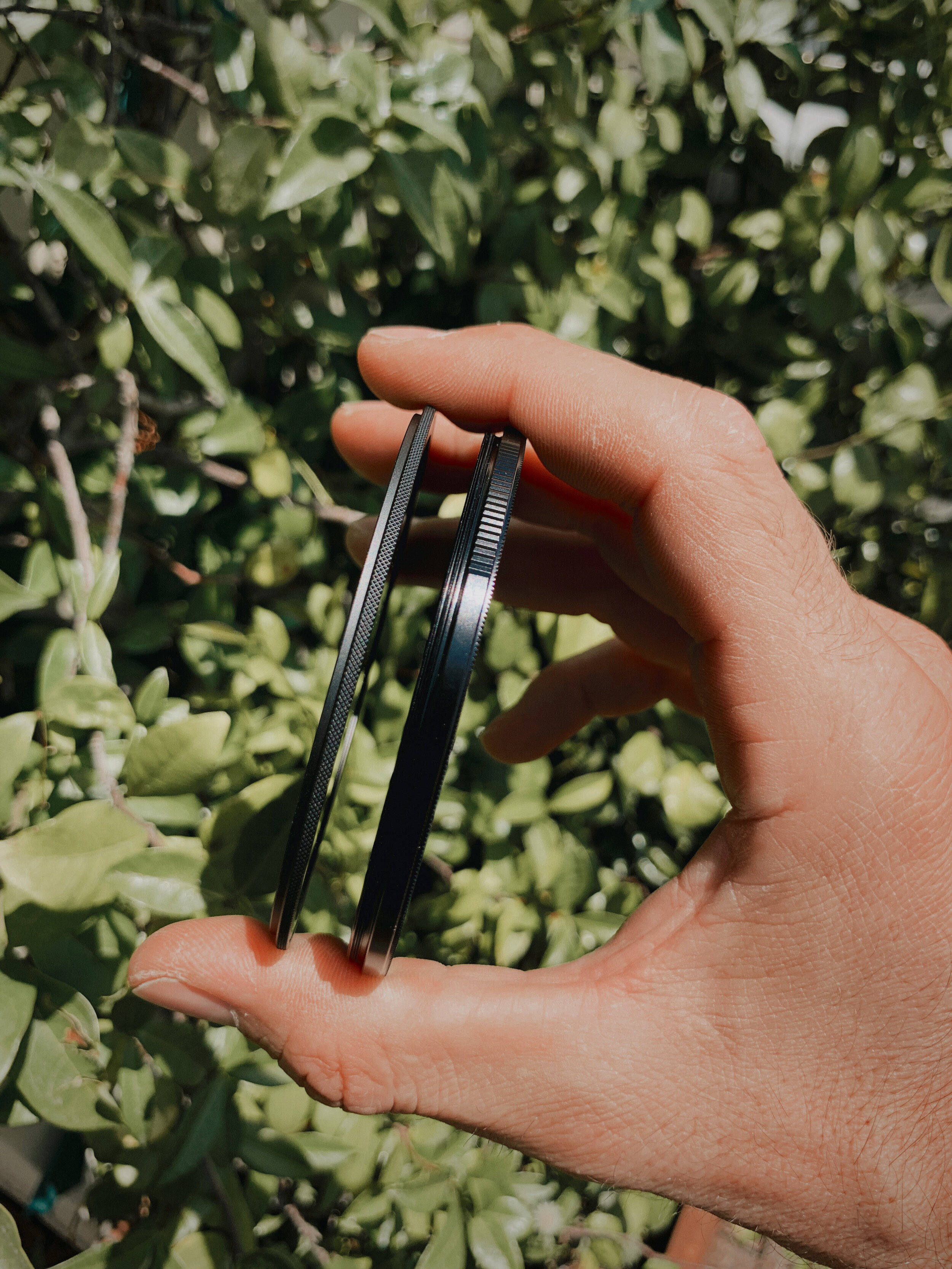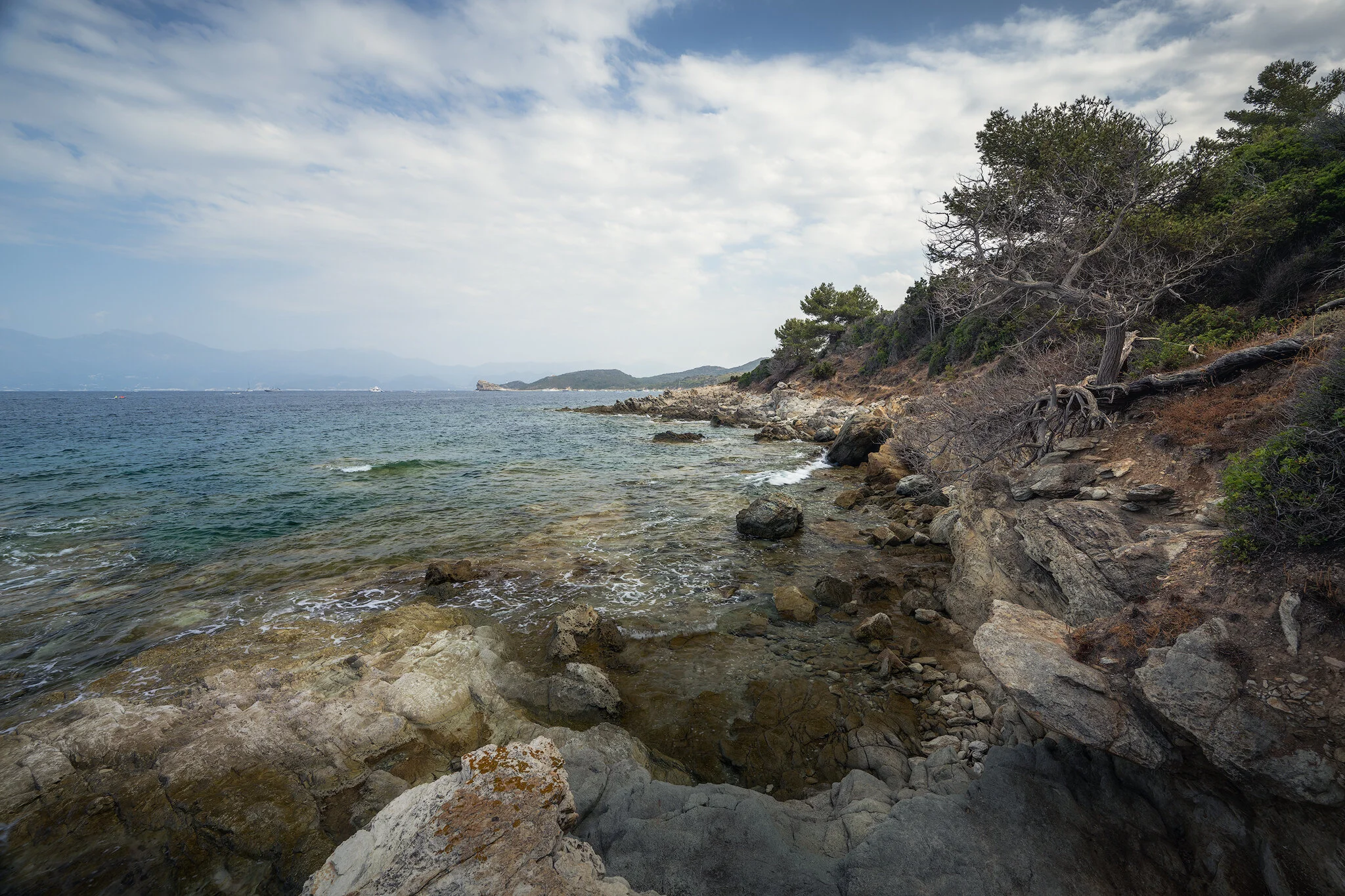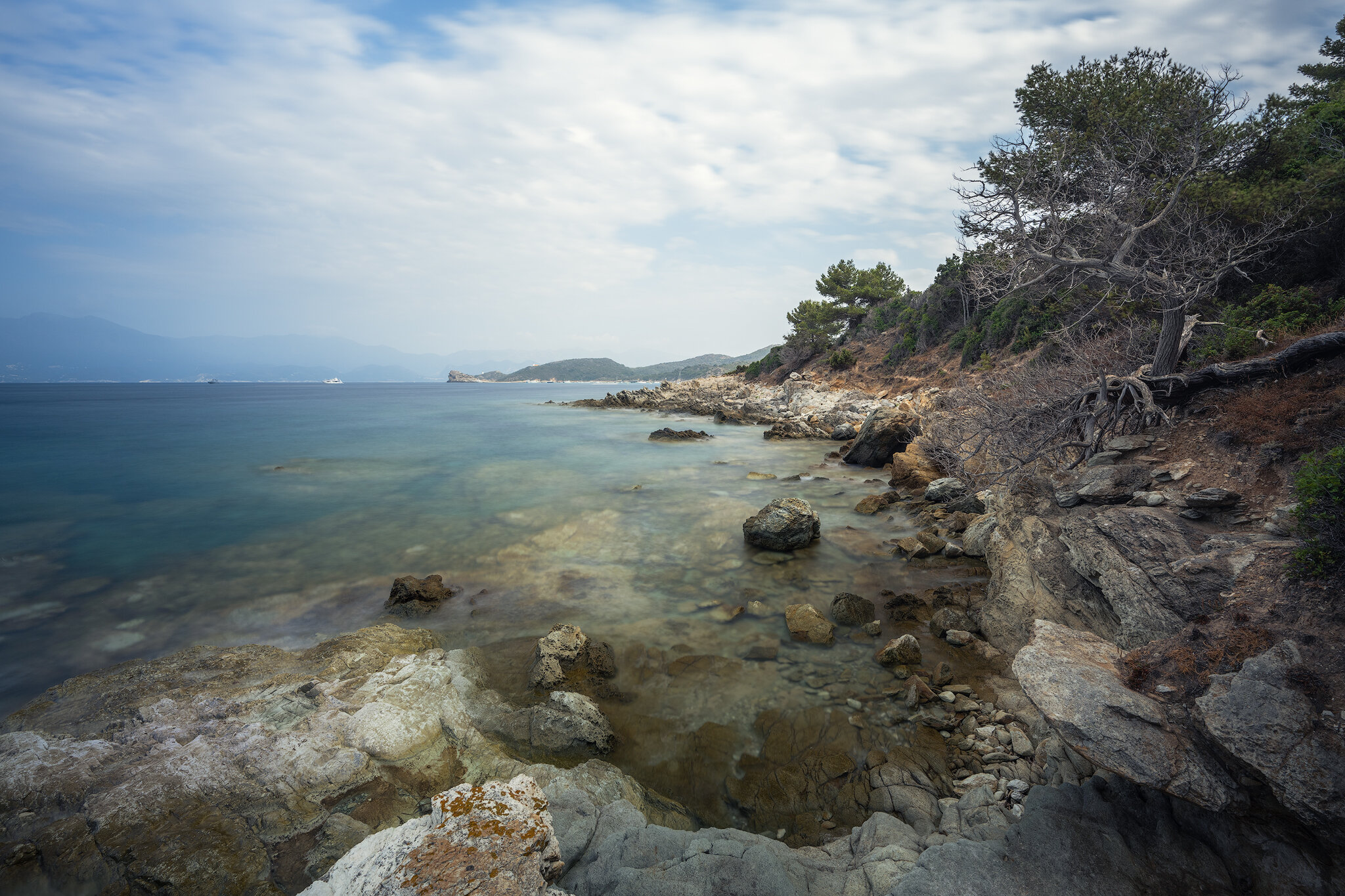Kase Wolverine filters review
BACKGROUND
Since my early approach to landscape photography, I have changed multiple filter systems, from Hoya to Lee, Haida and Nisi.
Before switching to the Nikon mirrorless system I was using the Nikon D850/D810 together with the 14-24 f/2.8 as main landscape lens, which is a great lens for everything except for accepting filters.
During the last years The holders that I have used are the Haida, Lee SW150 Mark II, Nisi holder (second gen) and Nisi S5.
All these holders accepted the 150x100 filters which are absolutely huge. During my trip to Indonesia two filters broke despite being inside my backpack and inside the filter hard case!
The Nisi S5 had the advantage to accept a big CPL that could be screwed inside the S5 holder. It was a good system except for the fact that the entire system (holder, bag holder, 150x100 filters, rigid filter pouch, adapter ring for other lenses) was so big and heavy, and early breakable that I’ve decided to buy a Nikon 16-35 f/4 that accepted 77mm circular filters.
Having both the 14-24 and 16-35 lenses, not only removed the need of carrying the S5 system, but also saved me weight!
For the last few years I have been only using circular filters because I find that square filters and GND in particular are absolutely useless nowadays with modern and high dynamic range cameras.
The only filters that I use are: CPL, ND8, ND64 and ND1000. This is everything that a landscape photographer needs.
After switching to the Nikon mirrorless system everything has changed and together with that, also my filters setup that is now evolving with the Kase magnetic filter system.
KASE CLIP IN FILTERS & CIRCULAR 112MM CPL FOR NIKON 14-24 F/2.8
Switching to the Z mirrorless system has brought advantages also in the filter system, in fact when I heard that Kase came out with these super small Clip-in filters for the Nikon Z I coudnt’t resist to test them.
The Kase Nikon Z Clip-in filters are an innovative and clever idea to allow you to use filters with any lens combination, including wide angle lenses with big bulb front element.
These lightweight and compact filters attach between the sensor and the lens avoiding any risk of light leaks and vignetting.
My main landscape lens now is the new Nikon 14-24 f/2.8 S that can accept 112mm filters, so my idea was to use the 112mm CPL and the ND8, ND64 and ND 1000 Clip-in filters to save some weight and space.
Kase Clip-In Filters Installation
The 112mm filters are a revolutionary solution for the Nikon 14-24 f/2.8. Nikon has made a lens where you can finally attach filers without the need of using big and heavy filter systems, in fact the 112mm filters can be screwed directly the hood that comes with the lens.
The problem is that there is very little space to screw the filters in the hood. I have tried the Nisi 112mm CPL filter which is very high quality, but the only issue is that it’s almost impossible to screw and unscrew from the hood. I literally hurt my fingers since every single time the filters got stuck inside the hood. Immediately returned it.
But here comes the amazing Wolverine magnetic filter system by Kase. These filters are a real joy to use on this lens. No more pain and frustration to screw and unscrew the 112mm filters.
Kase Magnetic 112 CPL Filter
Nikon 14-24 f/2.8 with Kase Wolverine Magnetic 112mm CPL
I had the chance to test the Kase 112mm CPL + the ND Clip-In Filters along the shores of Corsica. Let’s see how they performed.
No filters
Kase Wolverine 112mm CPL
Kase Wolverine 112mm CPL + ND1000 Clip-In Filter
The 112mm CPL performed incredibly well. I had no doubts about that. The level of polarization and ease of use is top notch.
What about the Clip-In filters?
The glass quality of the Clip-In filters is unreal. I noticed that there is less color cast in the ND Clip-in Filters than in the Wolverine 82mm line that I tested. Files are super clean and sharp.
Unfortunately what I thought was the strength of these filters turned out to be their weakest point: the small size. After using them for the first time I accidentally dropped one of them while trying to remove it from the camera. They are so small that it’s very hard to catch.
My conclusion is that using the 112mm CPL + ND Clip-In filters for the 14-24 f/2.8 is not ideal for landscape photographers. These filters are amazing but maybe more suitable to videographers than landscape photographers working in dirty and dangerous situations.
I will probably update my filter bag with the Kase 112mm ND filters in addition to the CPL that I already own with the disadvantage of gaining a little bit of extra weight. The entire Kase 112mm set is the best possible solution for this lens.
Below are some images taken with the Z7II and the 14-24 with the 112mm Magnetic CPL. Thanks to the incredible ease of use I was able to use the filter during a boat trip in Scandola National Park and easily swap the filter if I needed to reveal the sea bottom and remove the reflections. This is something I would have never been able to do with my previous Nikon 14-24 f/2.8 F mount.
Nikon Z7II + 14-24 f/2.8 S + Kase 112mm CPL
Nikon Z7II + 14-24 f/2.8 S + Kase 112mm CPL
Nikon Z7II + 14-24 f/2.8 S + Kase 112mm CPL
KASE WOLVERINE MAGNETIC FILTERS
My next test was with the Kase Wolverine Magnetic Circular 82mm and how they compare with the Nisi filters.
How do Kase magnetic filters work?
Magnetic filters work by screwing an adapter magnetic ring on the front thread of your lens. This adapter ring is going to stay always screwed on your lens. Filters can be snapped into place using magnets making them much easier to take off and attach each time you want to use them.
Kase Wolverine ND filter with magnetic step up ring adapter on 70-200 f4
One of the things you notice unboxing the filters is how amazing the build quality is, and how thin the filters are compared to screw on. Kase also states that the glass has a shockproof resistance but I didn’t have the chance to test it.
Here below is a comparison between a Kase magnetic filter and the Nisi.
Kase ND64 vs Nisi ND64 thickness comparison
I have tested the filters on the Nikon 14-30 f/4, a super compact and lightweight lens that accepts screw on filters, a perfect lens for landscape photography.
Kase recommends to use 95mm filters on the Nikon 14-30 f4 to avoid vignetting, let’s see how they perform with the 82mm size.
Note: I slightly edited the photos in Lightroom to let you see the final result
No Filters
14-30 + Kase CPL
Nothing to say here, the polarization is great and there isn’t any vignetting at 14mm
14-30 + Kase Circular CPL + ND8
14-30 + Kase Circular CPL + ND8 @ 16mm
Stacking two Circular CPL + ND filters create vignetting at 14mm. Zooming in at 16mm eliminates the problem. In this case a single CPL+ND8 filter can be useful to gain those 2 mm.
14-30 + Kase Circular CPL + ND1000 @ 16mm
Jumping to the 10 stop filter we can see a slight color cast towards the green. Adjusting the white balance solves the problem easily. We can also notice more vignetting on the left side stacking the two filters.
I don’t usually shoot super long exposure so for me is not a big deal, but if you are used to take this type of photo I suggest you to get the 95mm diameter filters for this lens, as Kase suggests.
14-30 + ND1000 @ 14mm w/ Kase
14-30 + ND1000 @ 14mm w/ Nisi
Here a comparison between the Kase 10 Stops vs the Nisi 10 Stops filters.
We can see the Nisi filter has a slight color cast towards the magenta and the Kase has a slight color cast towards the green. Not a big deal since it’s very easy to adjust the white balance in both situation.
CONCLUSION
My biggest issue with circular filters was that they always got stuck into the lens. Countless times I have been losing time trying to unscrew stuck filters from the lens. I’m so happy that this is something that belongs to the past.
I think that nowadays every filter brand has achieved a superb glass quality with minimal color cast, but choosing a filter brand comes down to innovation and differentiation. Before seeing and testing the filter I was honestly skeptical. I was thinking that I didn’t need another set of filters because you know, it’s just glass at the end. But as soon as I have unboxed them I understood their potential and how they could be an advantage to my workflow.
My only disappointment is that I really wanted to use Clip-In filters, but since they are so small to handle, I guess I have no choice of implementing the ND 112mm to my 112 CPL.
In the end, the only question that I need to ask to myself is: Has my photography improved using the Kase Wolverine Circular System? Abso-freakin-lutely.

